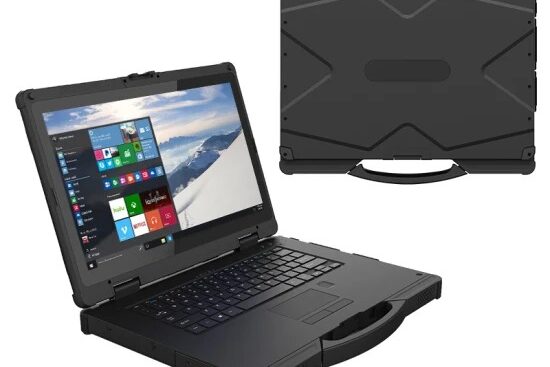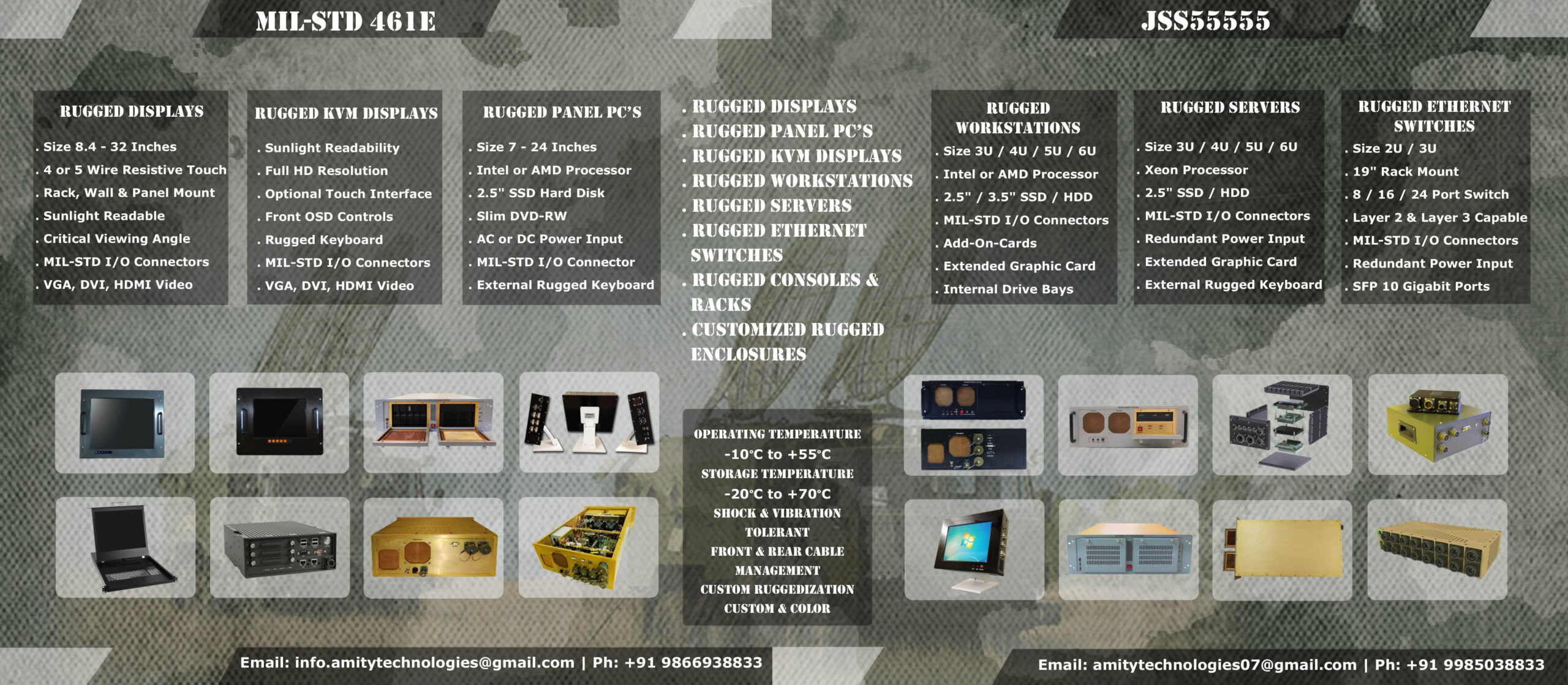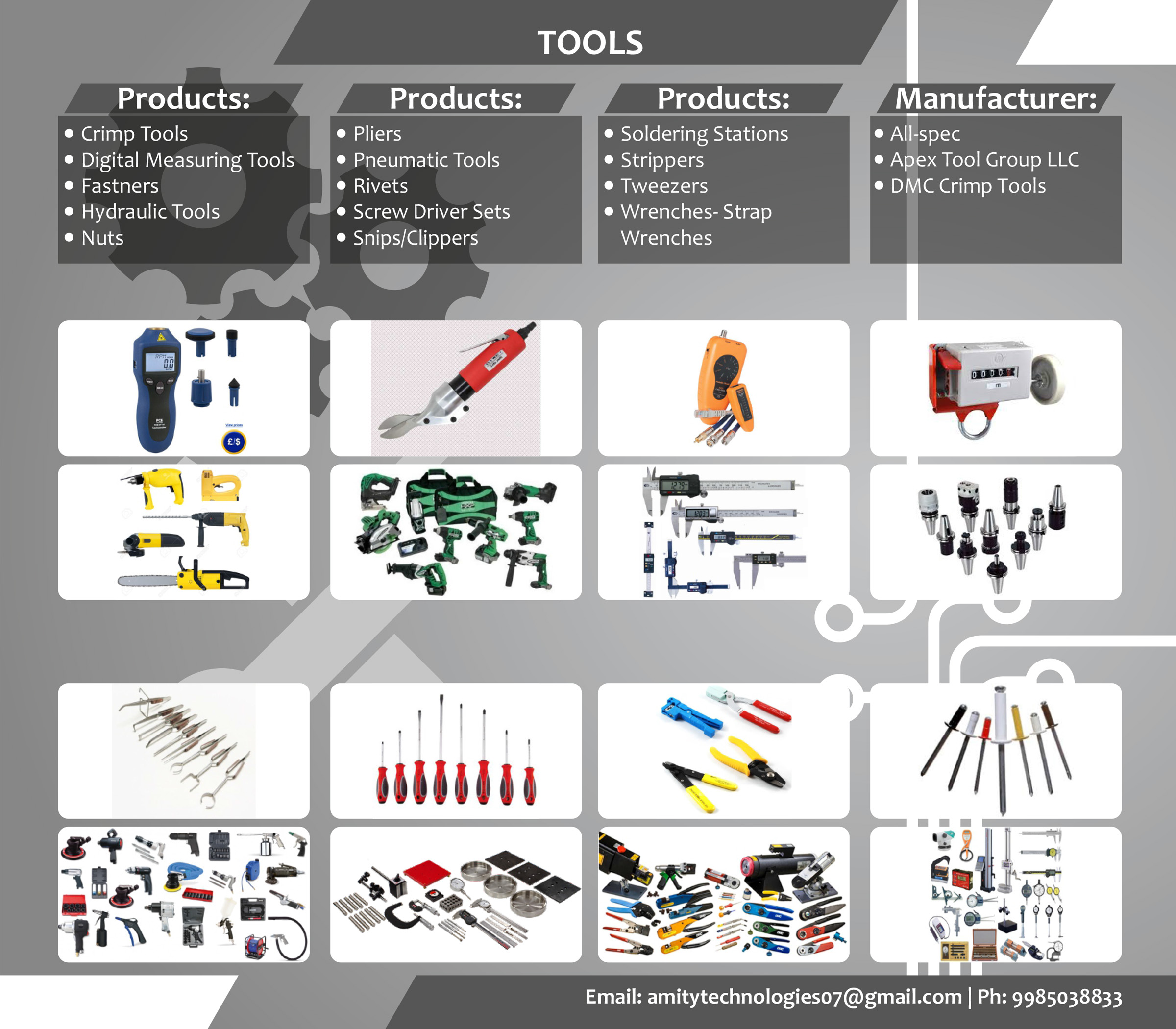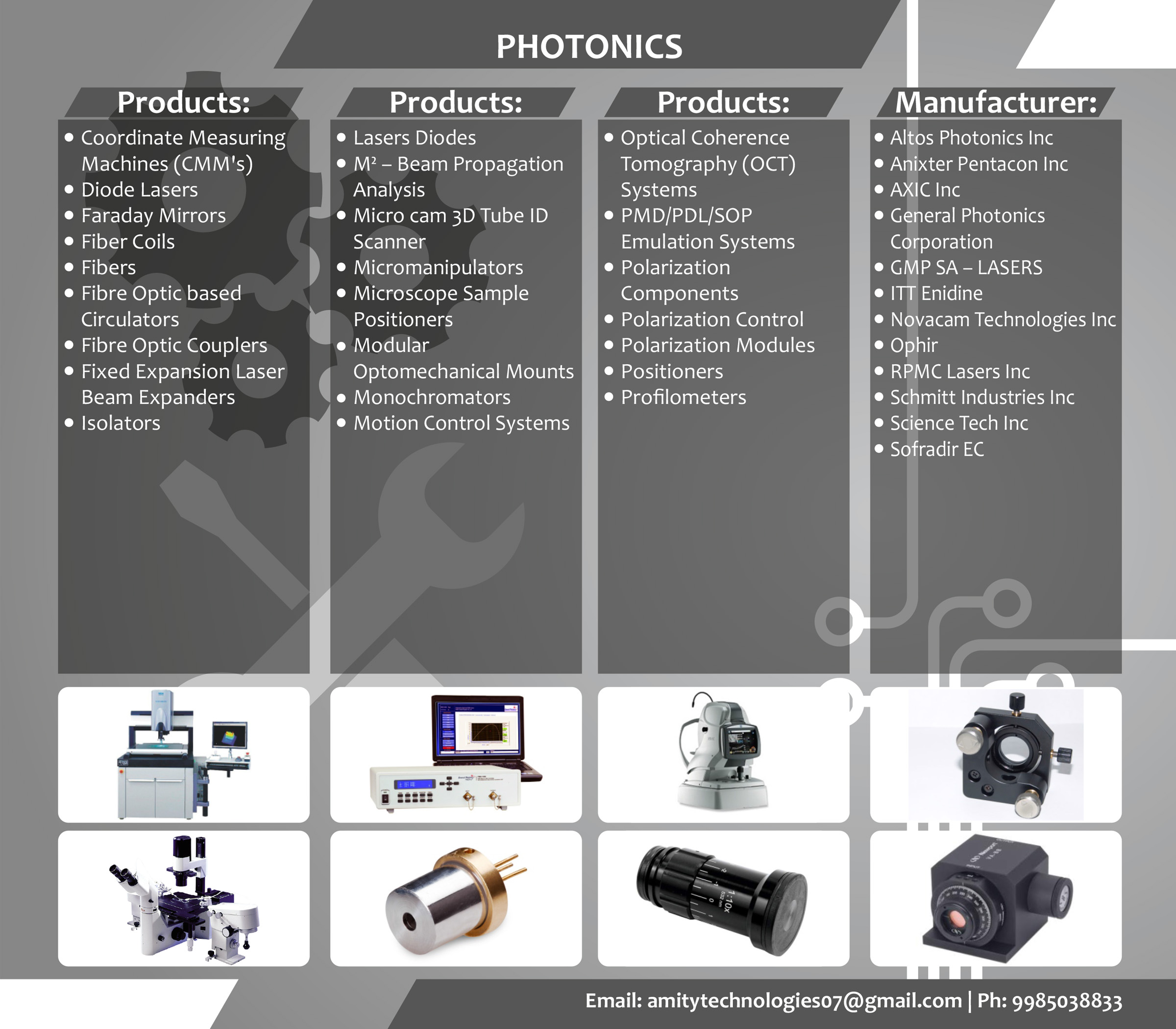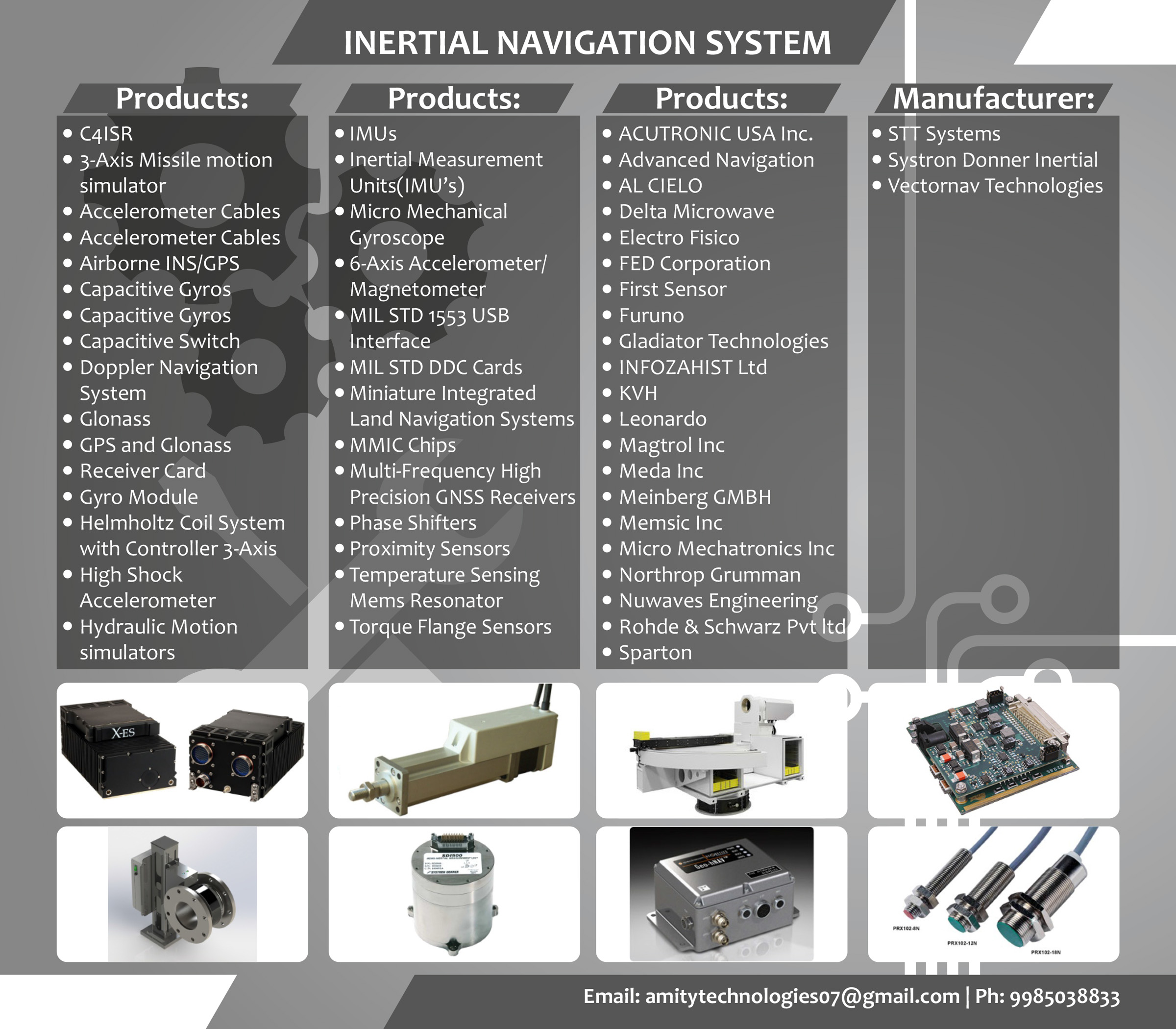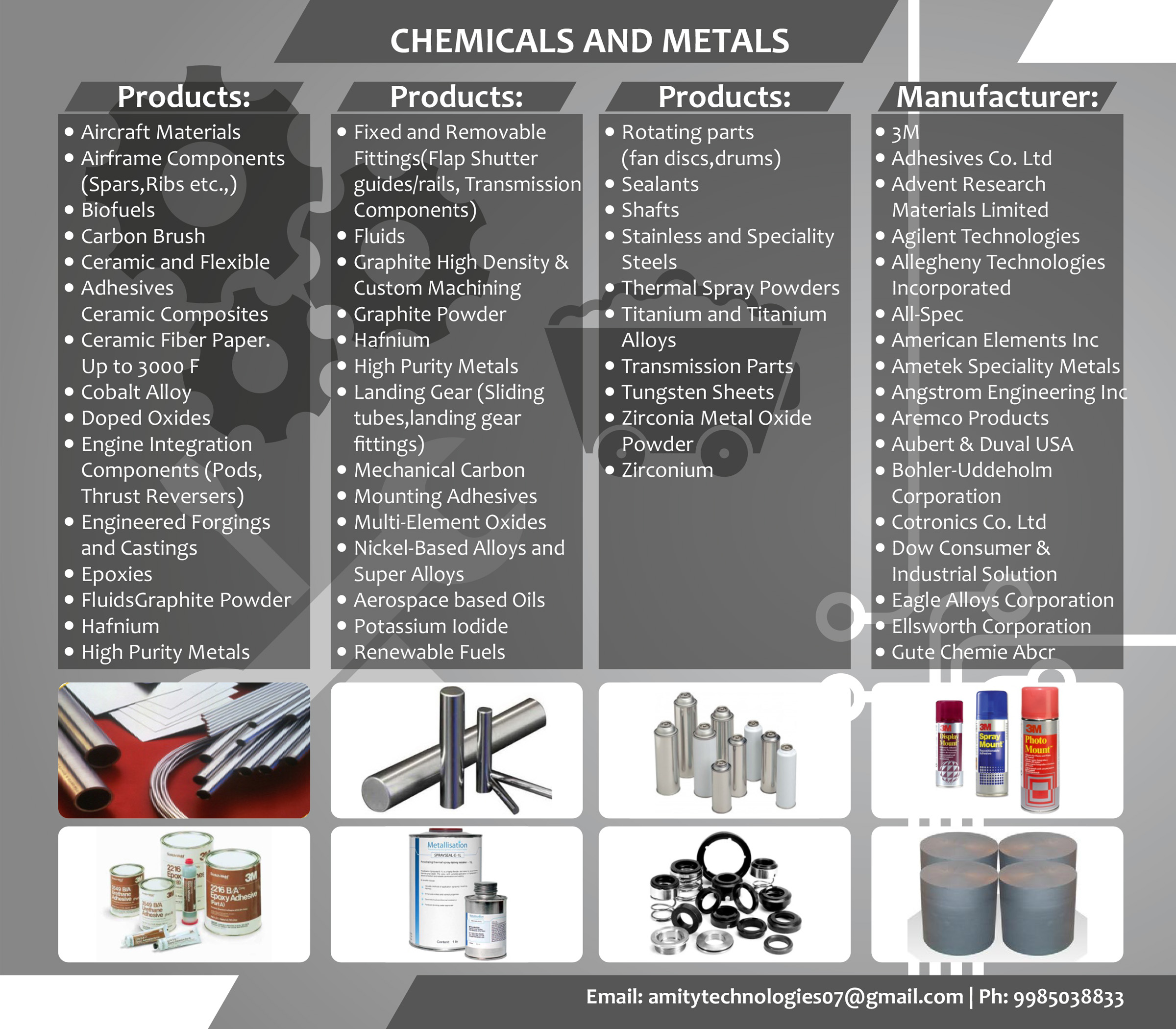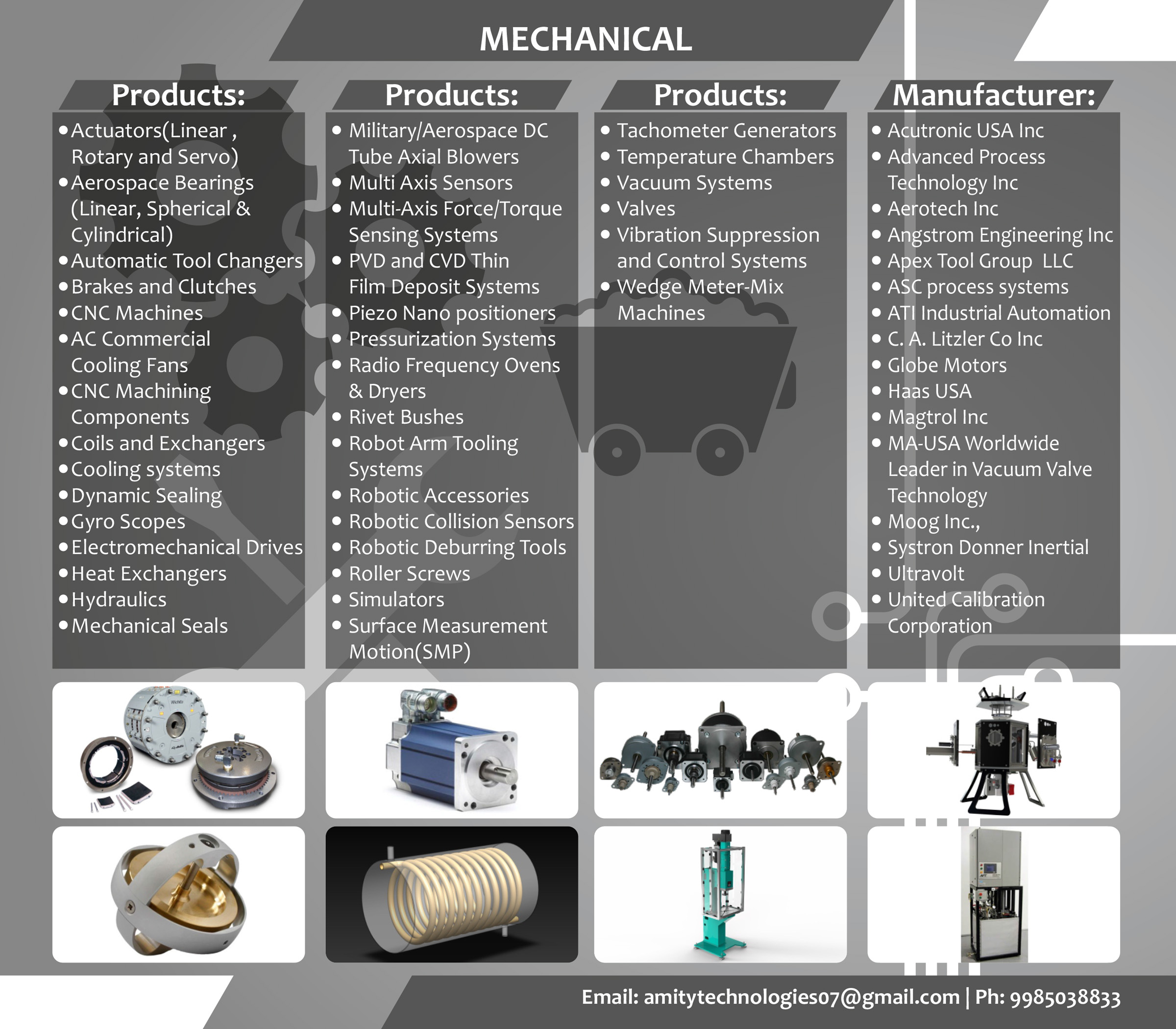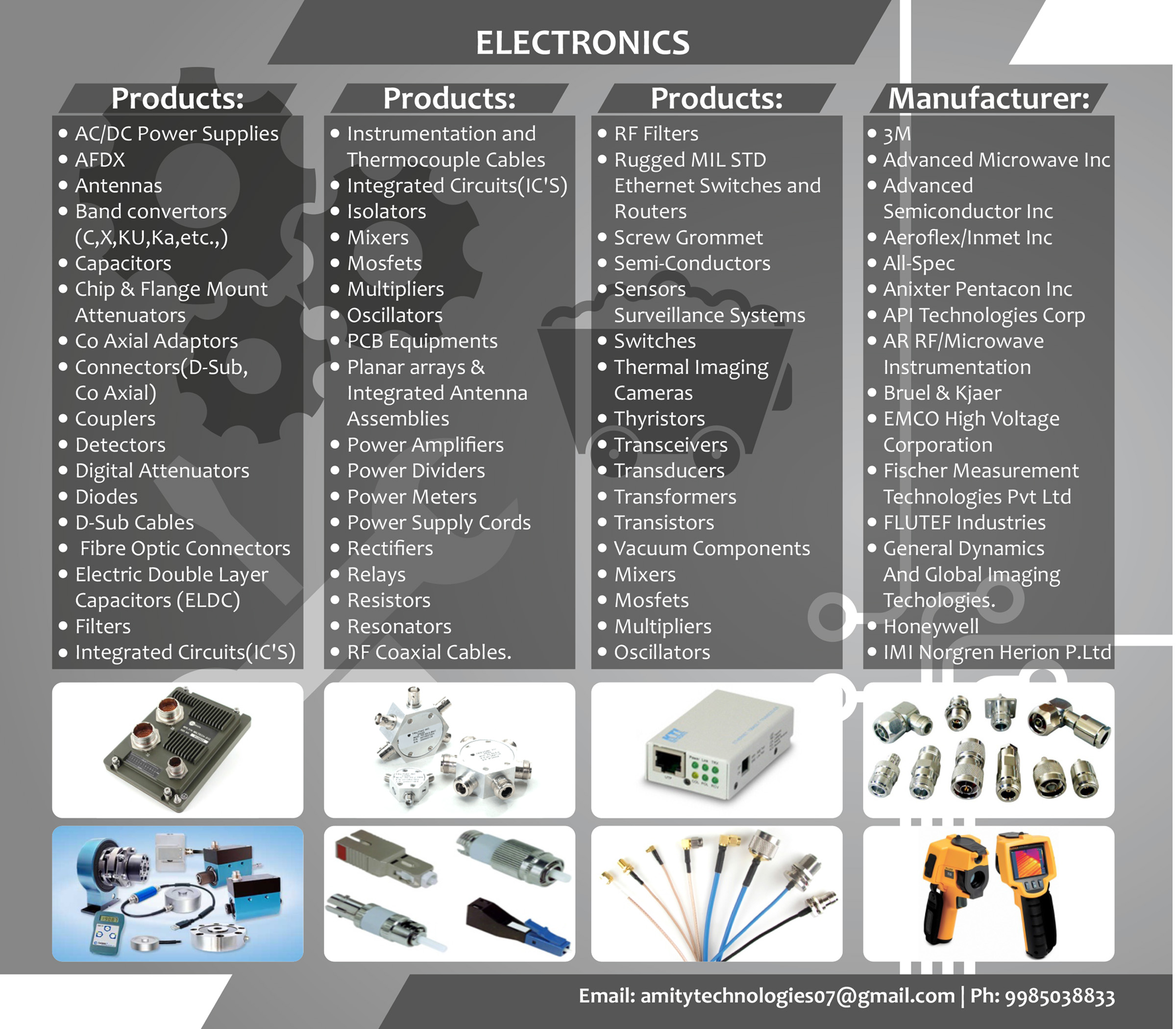In a world where technology must keep up with the harshest environments—from arctic tundras to scorching deserts—rugged computers have become essential tools for industries operating on the edge. These aren’t your average desktops or laptops; rugged computers are precision-engineered to survive conditions that would cripple ordinary machines. Let’s explore how these technological warriors are built to endure and perform, no matter what the elements throw their way.
🌍 Why Rugged Computers Matter
Industries like defense, oil and gas, mining, transportation, and field research demand computing power in places where dust storms, high humidity, extreme temperatures, or vibrations are a daily reality. Rugged computers are not a luxury in these environments—they are a necessity.
These machines serve as the lifelines for data acquisition
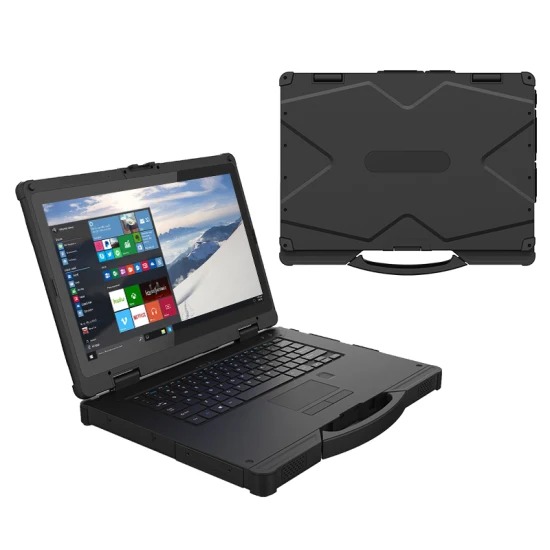
🛠️ The Engineering Behind Rugged Design
1. Durability from the Inside Out
Every component of a rugged computer is selected with resilience in mind. From shock-mounted motherboards to solid-state drives (SSDs) that can withstand vibrations and drops, internal architecture is designed to continue functioning in chaos.
2. Weatherproof Enclosures
Rugged computers are often sealed with IP65 or higher-rated enclosures, protecting against water spray, dust ingress, and even chemical exposure. This allows them to operate in the middle of rainstorms, sandstorms, or freezing sleet.
3. Wide Temperature Tolerance
Whereas consumer electronics might fail below 0°C or above 35°C, rugged systems can operate in temperatures ranging from -40°C to +70°C. Specialized thermal management—such as fanless cooling systems and heat sinks—ensures consistent performance.
4. Shock and Vibration Resistance
Designed for mobile applications like military vehicles or construction equipment, rugged computers are built to withstand continuous vibration and sudden shocks. MIL-STD-810 certification is often the benchmark standard for verifying this ruggedness.
5. Sunlight-Readable Displays
Working in the sun? No problem. These devices feature anti-glare, high-brightness displays that remain visible even under direct sunlight, enabling outdoor use without compromise.
🧪 Tested to the Limit
Before deployment, rugged computers undergo stringent testing:
- Drop Tests from various heights
- Thermal Cycling to simulate rapid temperature changes
- Salt Fog Exposure for maritime environments
- Electromagnetic Interference (EMI) Shielding to ensure signal stability in critical operations
These rigorous tests ensure performance consistency and reliability in the field.
🚀 Use Cases in the Real World
- Military Missions: Tactical edge computing in combat zones.
- Oil Rigs: Real-time data monitoring under high-pressure, corrosive environments.
- Disaster Response: Reliable communication hubs during rescue operations.
- Remote Exploration: Autonomous computing for drones and unmanned vehicles in inaccessible terrains.
🔧 The Future of Rugged Computing
As AI, machine learning, and IoT technologies evolve, rugged computers are becoming even smarter. We’re seeing the integration of:
- Edge AI processing for faster, on-site decisions
- Modular designs for mission-specific configurations
- Advanced connectivity like 5G and satellite links for real-time global communication
These advancements mean future rugged systems will not only survive but thrive in the most hostile conditions.
🏁 Final Thoughts
Rugged computers represent the fusion of cutting-edge engineering with real-world reliability. Built to endure where others fail, they empower industries to push boundaries and operate with confidence—no matter how extreme the environment.
Whether you’re navigating sand dunes, exploring polar caps, or maintaining vital infrastructure in remote locations, rugged computing ensures your mission goes uninterrupted.
Because in extreme conditions, resilience isn’t a feature—it’s a foundation. 💪

